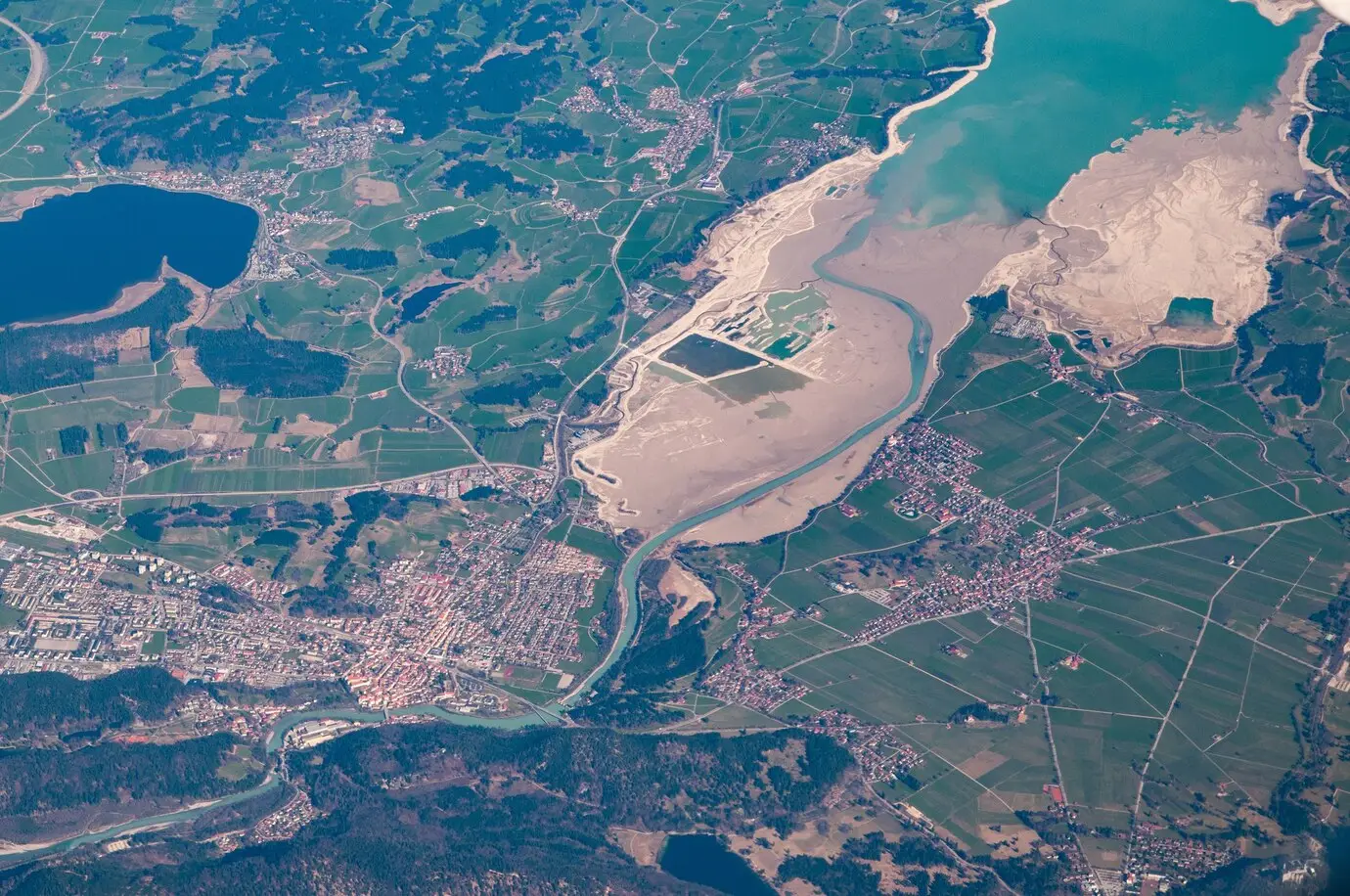In the dynamic landscape of urban development, Geographic Information System (GIS) technology emerges as a key player, shaping the evolution of smart cities. This blog delves into the transformative impact of GIS, exploring how it enhances urban planning, infrastructure development, and the overall quality of life in modern urban environments.
Introduction: As cities around the world evolve into complex and interconnected hubs, the need for intelligent and efficient urban planning has become paramount. GIS technology, with its ability to capture, analyze, and visualize spatial data, plays a pivotal role in steering urban development toward a smarter and more sustainable future.
Optimizing Urban Planning: GIS facilitates data-driven decision-making in urban planning by providing a comprehensive view of the city’s spatial elements. Planners can analyze demographic trends, traffic patterns, and land use, enabling them to make informed decisions about zoning, transportation infrastructure, and public spaces. This precision in planning contributes to the creation of well-designed, functional, and aesthetically pleasing urban environments.
Infrastructure Development and Management: Smart cities rely on GIS for effective infrastructure development and management. From optimizing utility networks to planning the layout of smart buildings, GIS helps in designing and maintaining the critical elements that define urban life. This technology ensures that cities can adapt to growing populations, technological advancements, and the demand for sustainable infrastructure.
Enhancing Public Services: GIS enhances the delivery of public services by providing real-time spatial insights. Emergency services can optimize response times, public transportation systems can improve route efficiency, and municipal services can be strategically deployed based on the needs of different neighborhoods. This results in more responsive and citizen-centric urban governance.
Community Engagement and Participation: GIS fosters community engagement by making spatial information accessible to residents. Interactive maps, community planning tools, and online platforms enable citizens to participate in decision-making processes. This inclusivity promotes a sense of community ownership and ensures that urban development aligns with the needs and preferences of the people it serves.
Resilience and Sustainability: GIS contributes to the resilience and sustainability of smart cities by analyzing environmental factors, predicting risks, and facilitating disaster response planning. From climate change adaptation to mitigating the impact of natural disasters, GIS technology empowers cities to build resilience and ensure the well-being of their residents.
Conclusion: As cities continue to evolve into complex ecosystems, GIS emerges as a critical tool for creating smart, sustainable, and resilient urban spaces. The integration of GIS technology in urban development not only streamlines planning and infrastructure but also fosters a more inclusive and responsive urban environment. The journey toward smarter cities is intricately tied to the power of GIS in navigating the complexities of modern urbanization.






